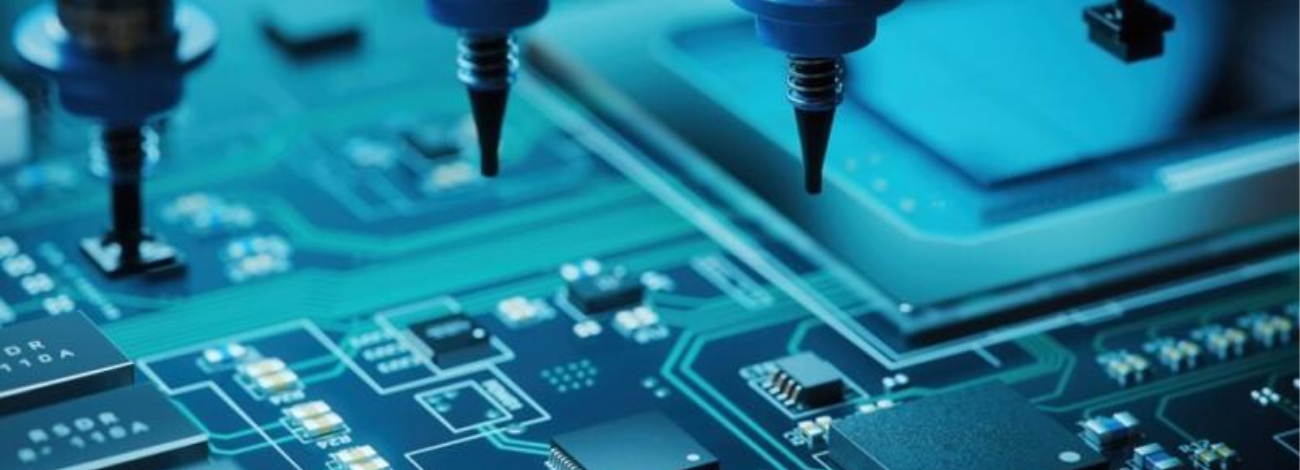As technology advances, the demand for intelligent and sustainable electronic systems is increasing. Power Management Integrated Circuits (PMICs) are cruial in optimizing and managing energy for these devices. With the advent of New-generation PMICs, the ability to harvest energy from various sources has opened up many development prospects, from the Internet of Things (IoT) to smart wearable devices and renewable energy systems.
Why are Power Management Integrated Circuits Important in Modern Electronic Systems?
In modern electronic systems, harvesting energy from various sources such as light, heat, vibration, and radio waves is becoming more common. The New-generation PMICs enable effective management and optimization of energy harvesting, conversion, and storage from these sources. This is particularly crucial in IoT and wireless devices, where maintaining a continuous power supply is a significant challenge.
Modern PMICs not only manage energy from multiple sources but also optimize energy conversion and storage performance. For example, integrated power management circuits can combine energy harvested from solar panels and mechanical vibrations to ensure that the device always has enough power to operate, even in harsh environments.

The new generation power management circuits incorporate various protective features such as over-current, over-voltage, over-temperature, and short-circuit protection, helping to safeguard the electronic system components from damage. This not only increases the reliability and lifespan of the device but also minimizes the risk of failures due to power supply issues.
Thanks to these features, PMICs play a key role in enhancing the performance, reliability, and sustainability of modern electronic systems. This not only helps devices operate more efficiently but also contributes to the development of green and sustainable technologies.
Architecture and Operating Principles of Multi-Source PMICs
Detailed Structure
Multi-source PMICs are complex systems comprising several crucial components to ensure effective energy management from various sources.
– Energy Harvesters: These components are responsible for collecting energy from various sources such as solar, thermal, vibration, and radio waves. Each type of energy harvester is designed to optimize energy collection from a specific source.
– Energy Converters: Convert the harvested energy into usable electrical power.
– Voltage Regulators: Ensure that the output voltage is stable and suitable for the different electronic components in the system.
– Energy Storage Units: Store the harvested energy for later use.
– Smart Power Management Unit: Uses intelligent algorithms and management technologies to optimize the use and distribution of energy.

Operating Principles
Multi-source PMICs operate based on the principle of combining and optimizing the collection, conversion, and storage of energy from various sources. This process can be summarized as follows:
– Energy Harvesting: Energy harvesters collect energy from the surrounding environment and convert it into raw electrical energy.
– Energy Conversion: The raw energy is converted into usable electrical power through energy converters (DC-DC converters, AC-DC converters). These converters optimize voltage and current to match the system component requirements.
– Voltage Regulation: The electrical power is regulated to ensure a stable voltage appropriate for the electronic components in the system through voltage regulators.
– Energy Storage: The regulated electrical power is stored in energy storage units (lithium-ion batteries, supercapacitors) for use when needed, ensuring that the system can operate continuously even if the harvested energy source is interrupted.
Outstanding Advantages of the New Generation Power Management Integrated Circuits
The New-generation PMICs are designed for high efficiency and superior reliability, meeting the growing demands of modern electronic systems. These PMICs use advanced energy conversion technologies with high energy conversion efficiency, minimizing energy loss during collection and use. High-efficiency conversion circuit designs such as buck-boost converters and synchronous rectifiers help optimize energy conversion from various sources, ensuring that energy is used efficiently and not wasted.
New-generation PMICs can harvest energy from various sources such as light, heat, vibration, and radio waves. This allows electronic devices to operate continuously even if a specific energy source is interrupted. The combination of different energy sources helps ensure that the device always has enough power to operate, even in harsh environments or where a stable power supply is unavailable.
Moreover, the New-generation PMICs are designed to require minimal maintenance thanks to protective features and smart energy management. For example, battery monitoring and reporting features help users easily check and replace batteries when needed, minimizing unexpected issues and extending the device’s lifespan. Intelligent energy management algorithms also help optimize energy use, reduce waste, and enhance overall system performance.
Future Application Expansion
PMICs can be used in smart agricultural sensors to monitor the environment, soil moisture, and other factors. Using energy from sunlight and temperature differentials helps these sensors operate continuously without needing battery replacements, optimizing agricultural production and reducing maintenance costs.
Smart cities employ numerous sensors and IoT devices for traffic management, environmental monitoring, and resource management. PMICs can help these devices operate continuously by harvesting energy from the surrounding environment, reducing reliance on batteries, and improving urban management efficiency.

Autonomous sensor systems, such as marine environmental monitoring devices or space sensors, require stable power sources to operate for extended periods without maintenance. New-generation PMICs can harvest energy from various sources, helping these systems operate sustainably and continuously.
Conclusion
The New-generation PMICs not only provide high performance and reliability but also open up the ability to harvest energy from multiple sources, contributing to the development of sustainable and low-maintenance electronic systems. The prospects of PMICs are significant, with potential applications expanding into smart agriculture, smart cities, autonomous sensor systems, and 5G networks. With continuous advancements, New-generation PMICs will continue to shape the future of electronic devices, offering substantial benefits to both users and the environment.
Don’t forget to follow FPT Semiconductor for more exciting updates on semiconductors!